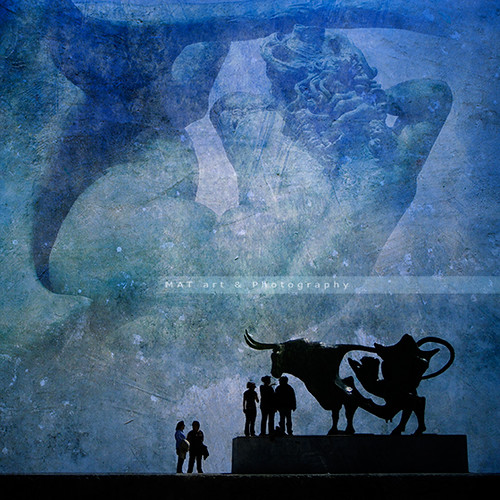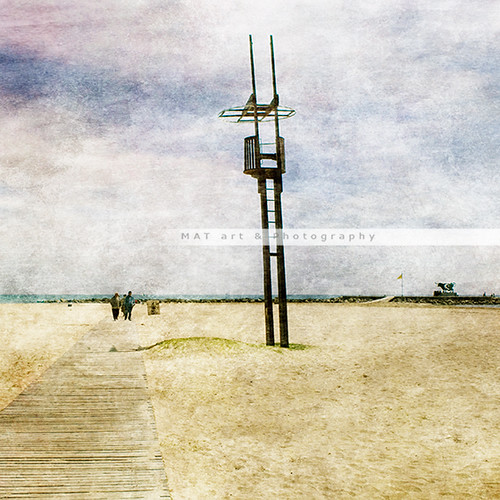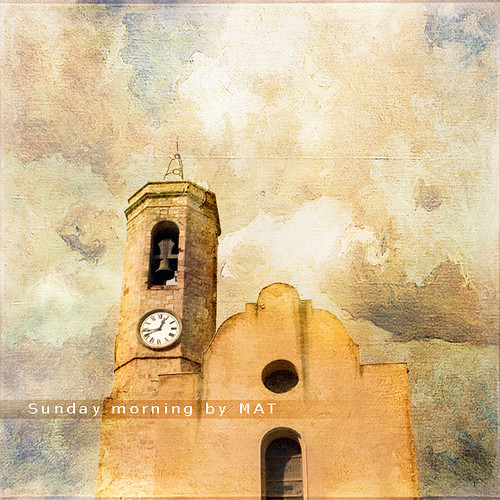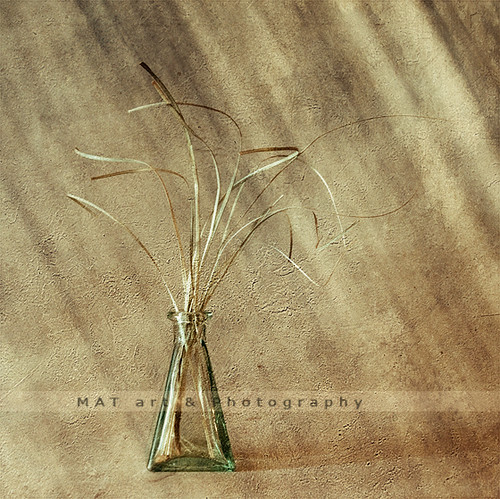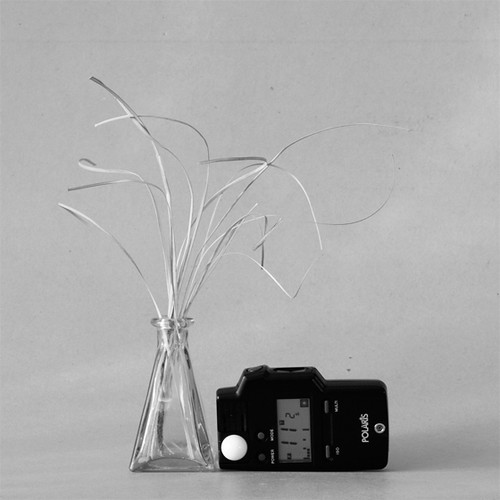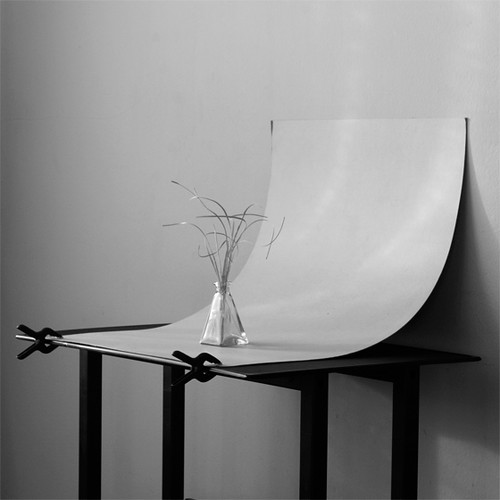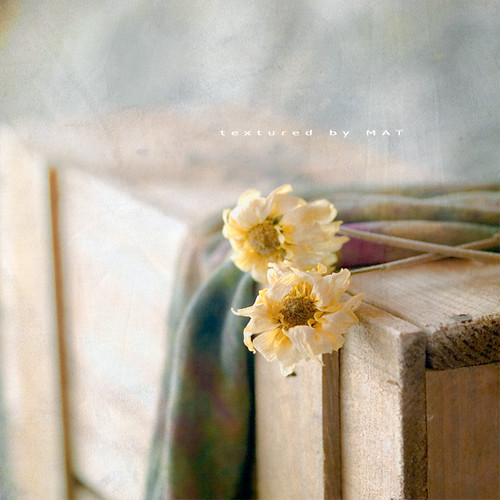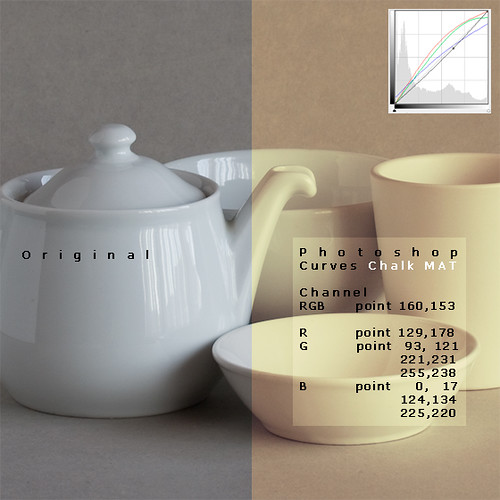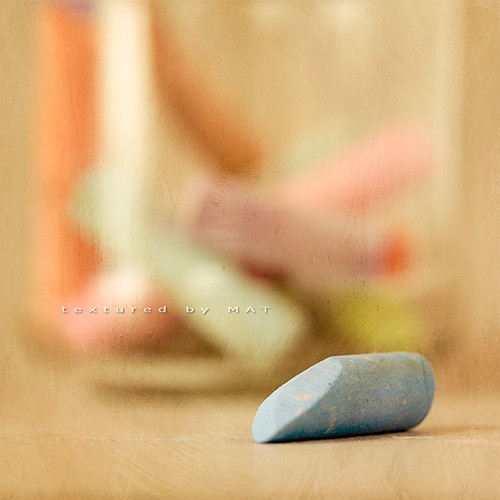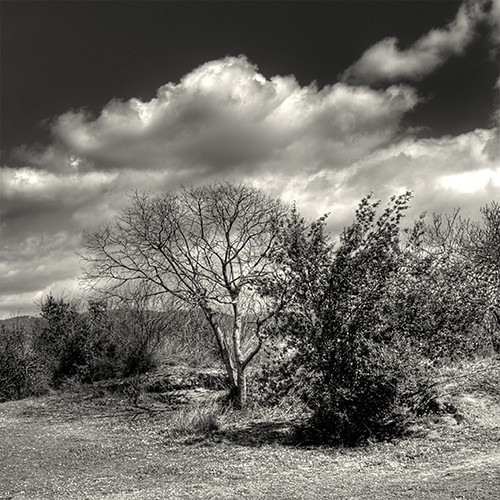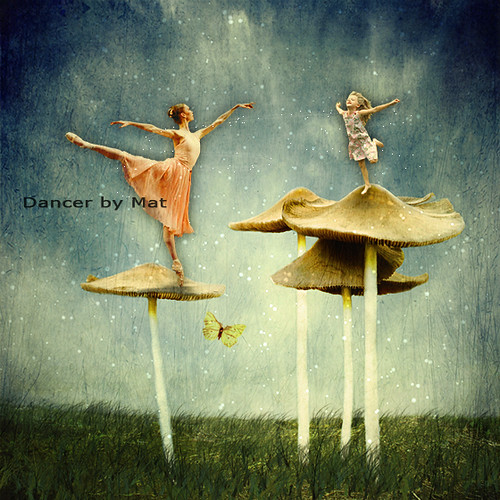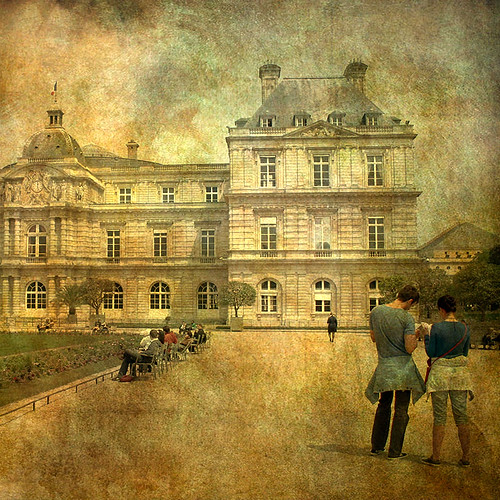sábado, 5 de febrero de 2011
viernes, 4 de febrero de 2011
Munttoren
the city of Amsterdam there is a monument that is the attraction for tourists. This is the La Munttoren that is located on the plaza Muntplein near the flower market and the beginning of the shopping street along the river Amstel Kalverstraat.
The tower was originally part of the Regulierspoort, one of the main gates of the medieval walls of Amsterdam. The gate, built in the years 1480-1487, consisted of two towers and a guardhouse.
After the door went up in flames in a fire in 1618, only the guard house and part of the western tower remained standing. The tower was rebuilt in Amsterdam Renaissance style in 1619-1620, with an average of eight-sided open top and elegant bell tower designed by Hendrick de Keyser, which includes a clock and a carillon of bells.
The carillon was made in 1668 by Pieter Hemony, adding new bells for the instrument that he and his brother François was done before the tower 1651.En Amsterdam Stock Exchange in 1873, the original keyboard was removed baton chime in for changes in the clockwork.
The current carillon has 38 bells (2 more than the original chime was). A mechanism sounds the bells every quarter hour. On Saturdays, between 2 and 3 pm, Gideon Bodden, the Amsterdam city Carillonneur give a live concert on the bells.
Note that the name refers to the tower that was used to mint coins in the 17 century. Historical fact points out that in 1672, when Britain and France declared war on the Dutch Republic French troops occupied the Munt Tower.
miércoles, 2 de febrero de 2011
martes, 1 de febrero de 2011
lunes, 31 de enero de 2011
Can negre, Sant Joan Despí. Barcelona
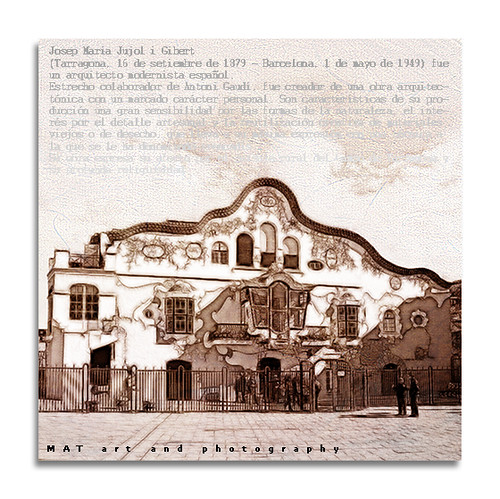
Josep Maria Jujol i Gibert (Tarragona, 16 de setiembre de 1879 - † Barcelona, 1 de mayo de 1949) fue un arquitecto modernista español.
Estrecho colaborador de Antoni Gaudí, fue creador de una obra arquitectónica con un marcado carácter personal. Son características de su producción una gran sensibilidad por las formas de la naturaleza, el interés por el detalle artesanal y la reutilización creativa de materiales viejos o de desecho, que lleva a su máxima expresión con una técnica a la que se le ha denominado trencadís. Su obra expresa su afecto por el paisaje rural del Campo de Tarragona y su profunda religiosidad.
domingo, 30 de enero de 2011
Suscribirse a:
Comentarios (Atom)
